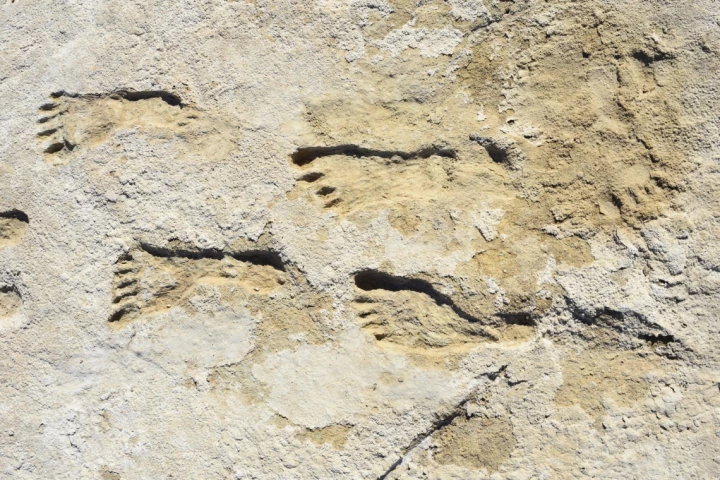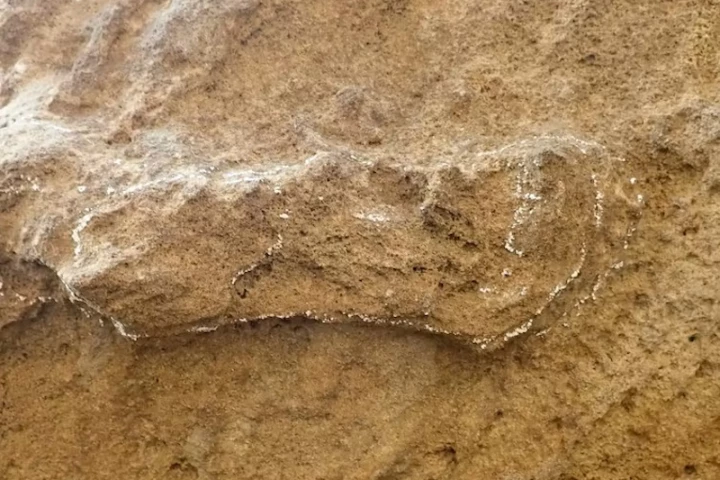anthropology
-
As our evolution slows and industrialization and technology accelerates, research suggests that human biology is struggling to keep pace. A new study investigated whether rapid and extensive environmental shifts have compromised the fitness of Homo sapiens.
-
A 2021 study caused a stir by claiming that a set of fossilized human footprints were 20,000 years old – much earlier earlier than humans were thought to have set foot in North America. Now two extra dating methods have seemingly confirmed the age.
-
Ötzi the Iceman is one of the most well-studied individuals in human history, but there always seems to be more to learn about him. A new genomic study has now found that he looked very different from the way previous studies had imagined him.
-
Anthropologists have assembled the most complete Stone Age family tree, spanning 7 generations. Genetic studies of the remains of dozens of people in a burial site in France reveal some surprising insights into family and social dynamics of the time.
-
A wealth of fossil evidence has pinpointed humanity’s homeland as somewhere in Africa, where Homo sapiens first diverged from earlier species about 300,000 years ago. Scientists have now identified the oldest known Homo sapiens footprints in South Africa.
-
Scientists have sequenced the genomes of two ancient skeletons and found the oldest human DNA in the British isles. The data reveals the story of two separate migrations of early humans into what is now the UK, and how these different cultures lived.
-
Anthropologists have discovered a new species of human, known from a single fossil skull. Named Homo longi, or “Dragon Man,” the species appears to be our closest known relative, pipping even Neanderthals.
-
Two new studies have shed light on just how often our ancestors got frisky with Neanderthals. Scientists analyzed the genomes of 45,000-year-old human remains found in Czechia and Bulgaria, including the oldest known genome of a modern human.
-
It's tempting to pin the rise of humanity to become the world's dominant species on our ability to out-think the competition. But new research suggests that our abilities to work together and share are the key to our success.
-
The skeletal remains of some 14 woolly mammoths have been discovered in Mexico. More than 800 mammoth bones were distributed in two round pits – apparently traps used to house the mammoths. The remains were found north of Mexico City.









